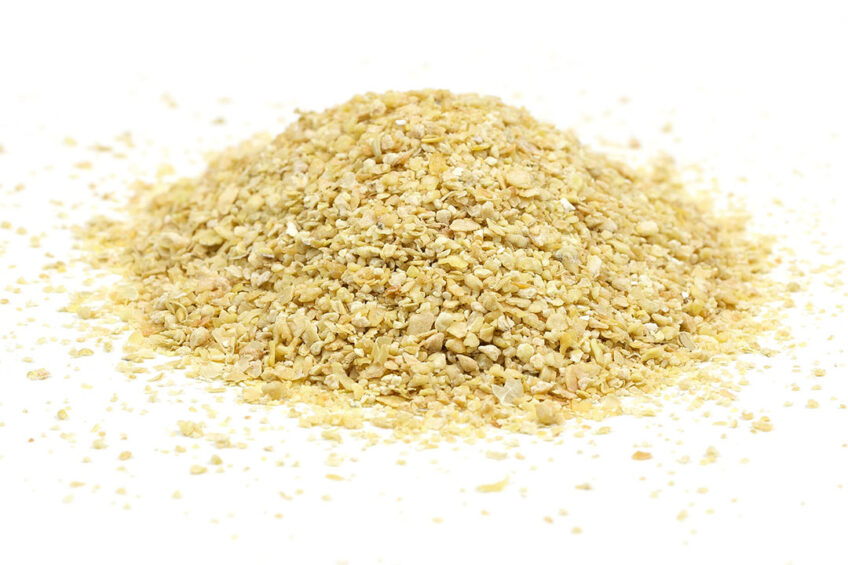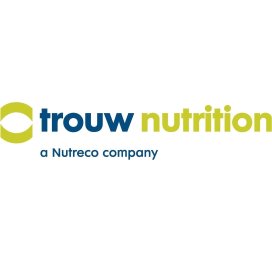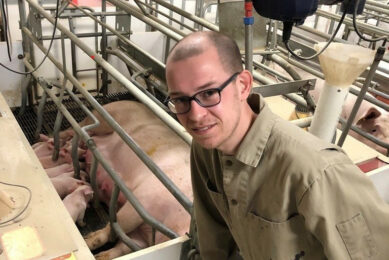Successful reduction of soy in poultry diets

The price of soybean meal is high and volatile, and poultry production must and can be more sustainable. Reducing protein levels in the diet and increasing the use of crystalline amino acids can be an effective way to gain control over these two major challenges. New research from Trouw Nutrition provides new insights on this topic.
In intensive broiler production, crude protein (CP) is a crucial component of the diet. However, undigested CP and uric acid, a key product from nitrogen (N) metabolism, are excreted into the environment and have a negative effect on ecosystems. Furthermore, our dependency on Latin American soybean meal (SBM) as the main protein source for European poultry diets is increasingly criticised for being unsustainable. Reduction of CP is a straightforward way to lower nitrogen emissions, leading to lower feed costs and improved sustainability.
Knowledge needed on AA requirements
Safe reduction of CP levels in poultry diets should be done in a balanced manner. This is because reducing the CP content decreases the supply of amino acids (AA) in the diet. This is why poultry diets need to be supplemented with specific crystalline amino acids (CAA) to maintain the supply of limiting AA and secure poultry performance. L-Lysine (L-Lys), DL-Methionine (DL-Met), and L-Threonine (L-Thr) are commonly used industrial feed grade CAA in poultry diets. On top of that, we see that industrially produced L-Isoleucine (I-Ile), L-Valine (L-Val), and L-Arginine (L-Arg) are gradually being incorporated for poultry.
Precise knowledge of all AA requirements and the bioavailability of the dietary AA supply are therefore necessary to successfully reduce the protein content in the diet. While this knowledge is increasing, there are still some knowledge gaps around the optimal protein content and AA requirements for different diets and feeding stages for example. Information about recommendations for minimum contents of the so-called non-essential AA is also limited. While the bird can produce (at some level) these AA themselves, a low CP diet can significantly limit the dietary supply of Glycine (Gly) and Serine (Ser), stressing the need of endogenously synthesised AA, and potentially reduce performance if the requirements are not met.
Gly and Ser are two interconverting amino acids. As a result, dietary recommendations are frequently expressed as Gly+Ser or Gly equivalents. In some regions (e.g., Latin-America), crystalline Gly is added gradually to the diet to increase the supply, except for the EU, where glycine is a flavouring component classified as Category 2b. In practice this means that diets should have a minimum Gly+Ser content, otherwise Gly and Ser may become growth limiting.
Replacing SBM with stepwise addition of AA
To produce more sustainable and cost-effective diets, Trouw Nutrition set up a study to investigate the effects of partially replacing SBM with crystalline amino acids (CAA) to meet the requirements. CAA are commercially made AA (produced through fermentation of microorganisms) and allow nutritionists to improve the AA balance in the diet while reducing the excess of protein. A follow-up study aimed to determine whether a minimum content of Gly+Ser is necessary in all feeding phases of broiler diets.
In both studies, the CP contents were lowered up to 20.1%, 19.2% and 17.3% in the grower-1, grower-2, and finisher phases, respectively. The researchers then looked at the effect on growth performance, feed intake, feed efficiency, carcass yield, N-excretion, and footpad lesions during different grow out phases.
- Starter phase: Day 0-9
- Grower-1 phase: Day 9-21
- Grower-2 phase: Day 21-31
- Finisher phase: Day 31-41
Study 1 (1,860 birds) explored the effect of partially replacing SBM in corn-SBM based diets with the stepwise addition of CAA to meet the requirements of the first eight limiting amino acids (including Gly+Ser). All birds were fed the same starter phase diet (22.8% CP). During both grower phases and the finisher phase, the control CP content was reduced (up to 2.1%) with the stepwise addition of CAA in different treatments groups.
Study 2 (1,488 birds) tested the hypothesis that a minimum content of Gly+Ser is needed in broiler diets, as suggested by earlier research. Diets were formulated with or without crystalline Gly, tested against a simple diet (with only corn and SBM) or a complex diet (with corn, wheat, SBM, and rapeseed meal).
Better bird performance
During the present trials, all birds appeared healthy, and no outbreak of any apparent disease was registered. Mortality was not different among treatments and was low (2.3 ± 0.8% average of all treatments).
It was hypothesised that performance would remain unaffected among the reduced CP treatments when the minimum supply of the eight first limiting amino acids (including Gly+Ser) is met. And the results confirm this.
In study 1, reduction in CP content and stepwise increase of CAA resulted in:
- Increased body weight (BW), average daily gain (ADG) and average daily feed intake (ADFI) in the grower-1, grower-2, and finisher phase
- Improved FCR (Feed Conversion Ratio) when FCR was adjusted for final BW
- Higher frequency of score 0 (no footpad lesion) in the birds
- Improved carcass weight and yield
- Better estimated dietary N utilisation, reflected in a 10% improvement in the lowest CP treatment (59.9 vs 65.9%). The overall N excretion was reduced by 16% compared with the control
In study 2, looking at the Gly+Ser content showed that:
- FCR was significantly improved in the early phases (up to 21 days), confirming that the content of Gly+Ser should be considered in these phases, independently of the feed ingredients used
- Performance was not affected in the grower-2 and finisher phases when a minimum Gly+Ser content was considered
Conclusion
SBM is not only expensive, reducing our reliance on this protein source is also demanded from a sustainability perspective. This work by Trouw Nutrition shows that poultry nutritionists can successfully and safely reduce SBM levels with correct inclusion of CAA. Depending on the region, local market demands and environmental regulations, this practice can be used to reduce feed costs or make poultry feed more sustainable. Or both.
Yet, more research is needed to learn if we can even further reduce CP percentages without penalising growth performance. There is also a need to study this in more diets, formulated with other raw materials (e.g., wheat or alternative cereal ingredients for example).
The full paper on this study, by Wilfredo D. Mansilla, Saritha Saraswathy, and Ana I. García-Ruiz was published in Poultry Science and can be found here.






